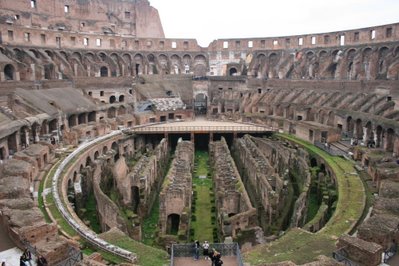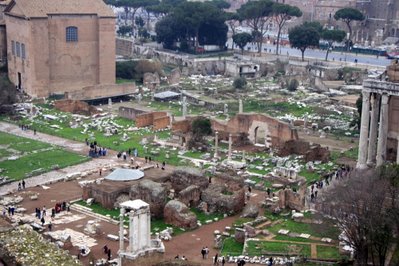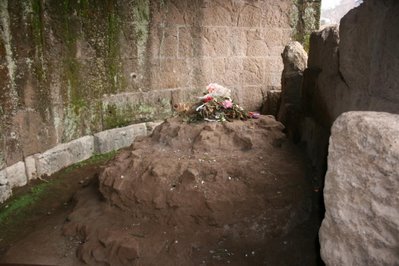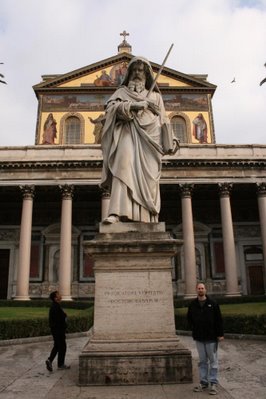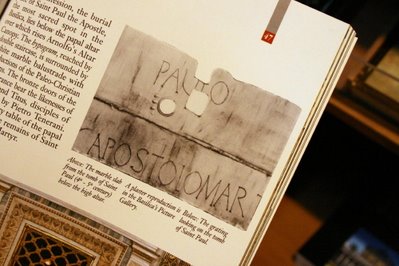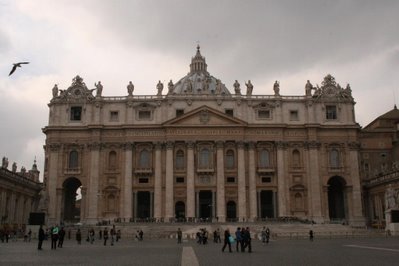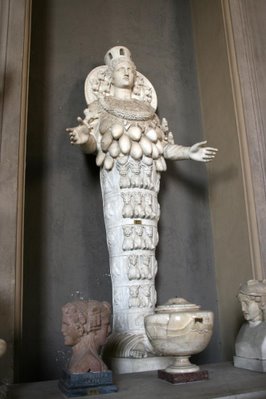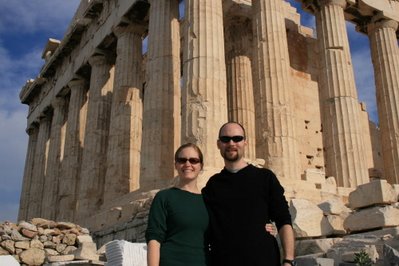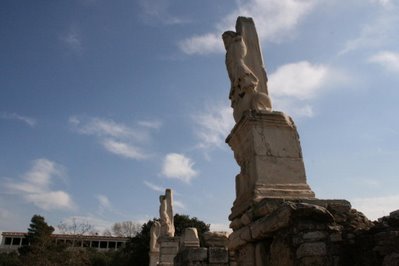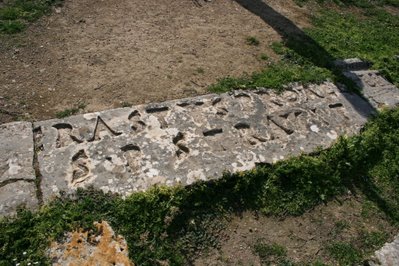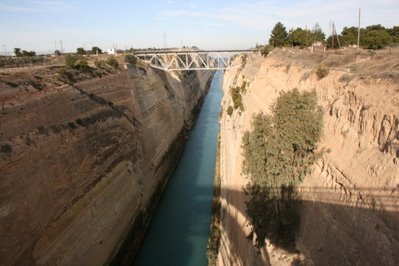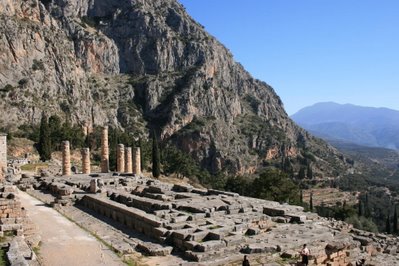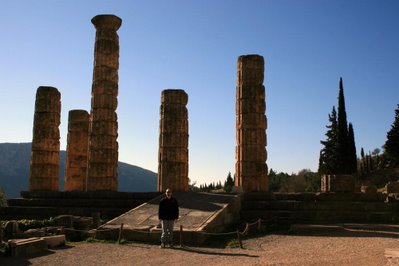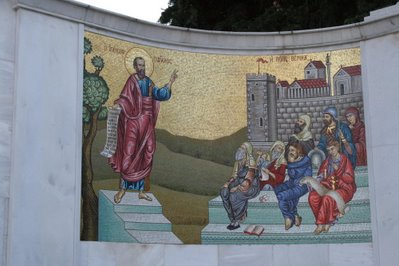
A few weeks ago I finished a fascinating book by Malachi Martin titled “Hostage to the Devil: The Possession and Exorcism of Five Contemporary Americans.” Now I don’t know how many thousands of books I’ve read over my lifetime, quite a few I’m sure, but I can’t seem to recall one as heavy and dark as this one was.
Martin, a (now deceased) former Catholic Priest, writes of five firsthand accounts of demon possession and subsequent exorcism. Martin thoroughly researched each case, interviewing those involved and studying the recordings and transcripts of the exorcism, to present an accurate portrayal of what demonic possession is like. As you can imagine, all of the possessed were involved in sinful lifestyles and Martin doesn’t pull any punches in his recap (Read that: Mature Audiences Only).
Having studied demonology in seminary as well as encountering demonic possession first hand on the mission field (CLICK HERE for that post) I must admit I was quite intrigued at what Martin had to say. Especially because this book is considered a classic in its field, and students of demonology (which I caution anyone against becoming) are bound to read it sooner or later.
Martin’s experiences fit superbly within his Catholic worldview. Items such as sprinkling the possessed with holy water and holding up a crucifix are presented as powerful weapons against demons. Martin teaches us which prayers are to be used to “provoke” the demon and then explains how exorcisms rarely last less than one and often times up to five days.
However when I think back to my experiences, or the experiences of others I know, or even compare it with the biblical accounts of exorcism, I feel like I’m missing something. In the Bible we see Jesus conducting multiple exorcisms. (See Luke 8:26-39, Luke 9:37-43, Matthew 15:21-28, etc.). Time and again he instructs the demons to depart and they do. Never do we see him using “holy objects” or taking several days, or using only special prayers. While not always instantaneous, my experiences and the experiences of those I respect, are that exorcisms usually last less than a few hours and sometimes just a few minutes. None of us used any holy objects or recited magical prayers. We simply gave the situation to the Lord and followed his examples.
So what’s my point? Well I guess what intrigued me most about this book is how do I reconcile my experiences with the demonic being one way with Martin’s experiences being different, while at the same time both experiences actually happened?
Does the enemy play into our worldview? Meaning if we expect them to respond a certain way, will they try to twist it to their advantage, even during exorcism?
Or does God allow the demons to linger on longer as a way to get the Priest’s attention and to show that only He can expel the demons and not the Priest?
I’m not sure how it works.
There are some really good aspects to this book. Martin’s emphasis on making sure you are right with God before even thinking about conducting an exorcism is great. (Even if you aren’t planning an exorcism this is important.) I also really appreciated how Martin traced back over the possessed person’s life and showed how personal choices, deemed insignificant by the person, would eventually snowball into demonic possession and by the time the possessed realized what was going on, it was too late. But there is a price to be paid by reading this book. It definitely wouldn’t win the feel good book of the year award.
Bottom Line:
If you are a student of demonology, have a solid understanding of correct theology and are not easily offended by graphic depictions and language, I recommend reading this book which you can purchase by CLICKING HERE.
However, if even one of those areas does not describe you, than this is definitely not the book for you.

